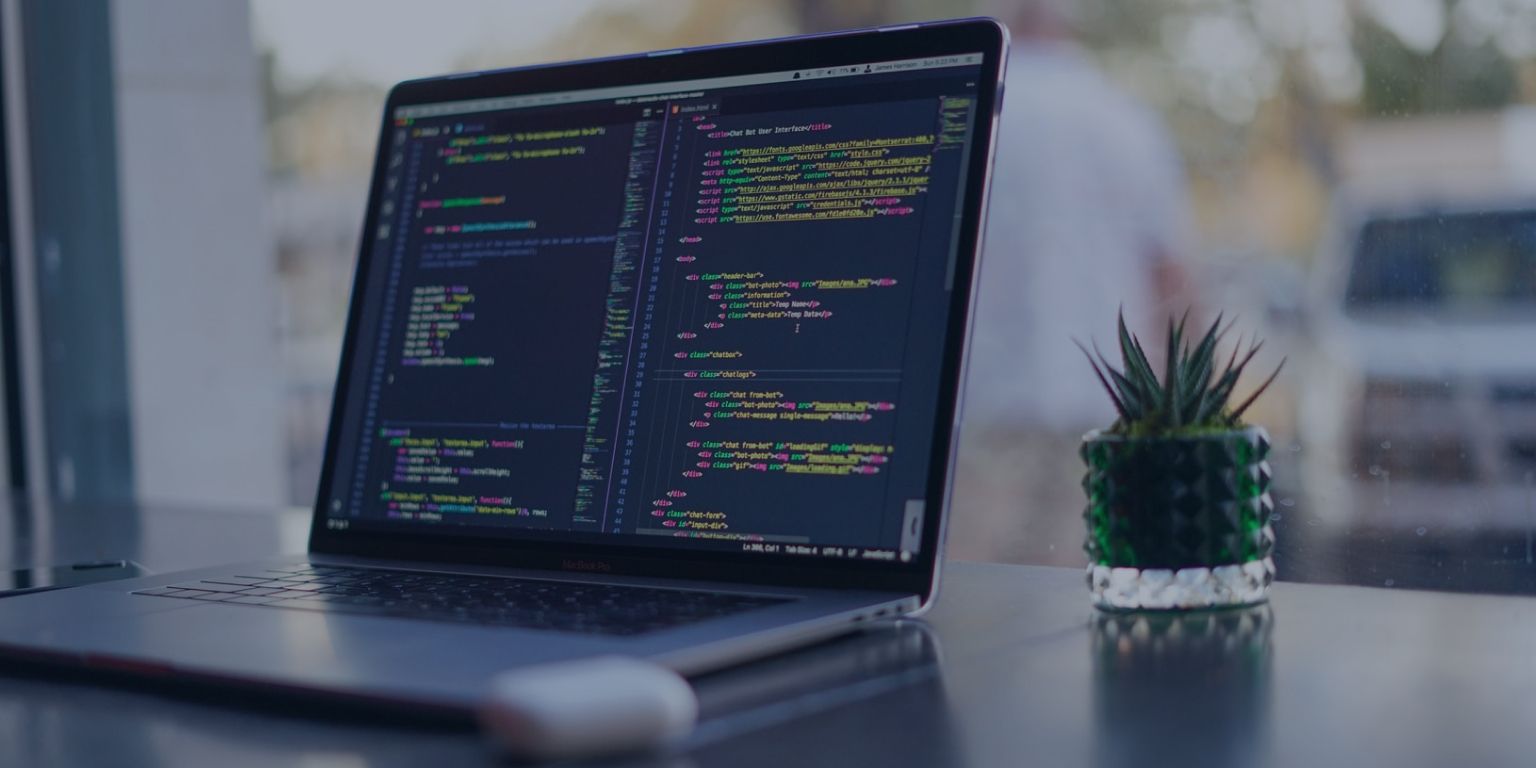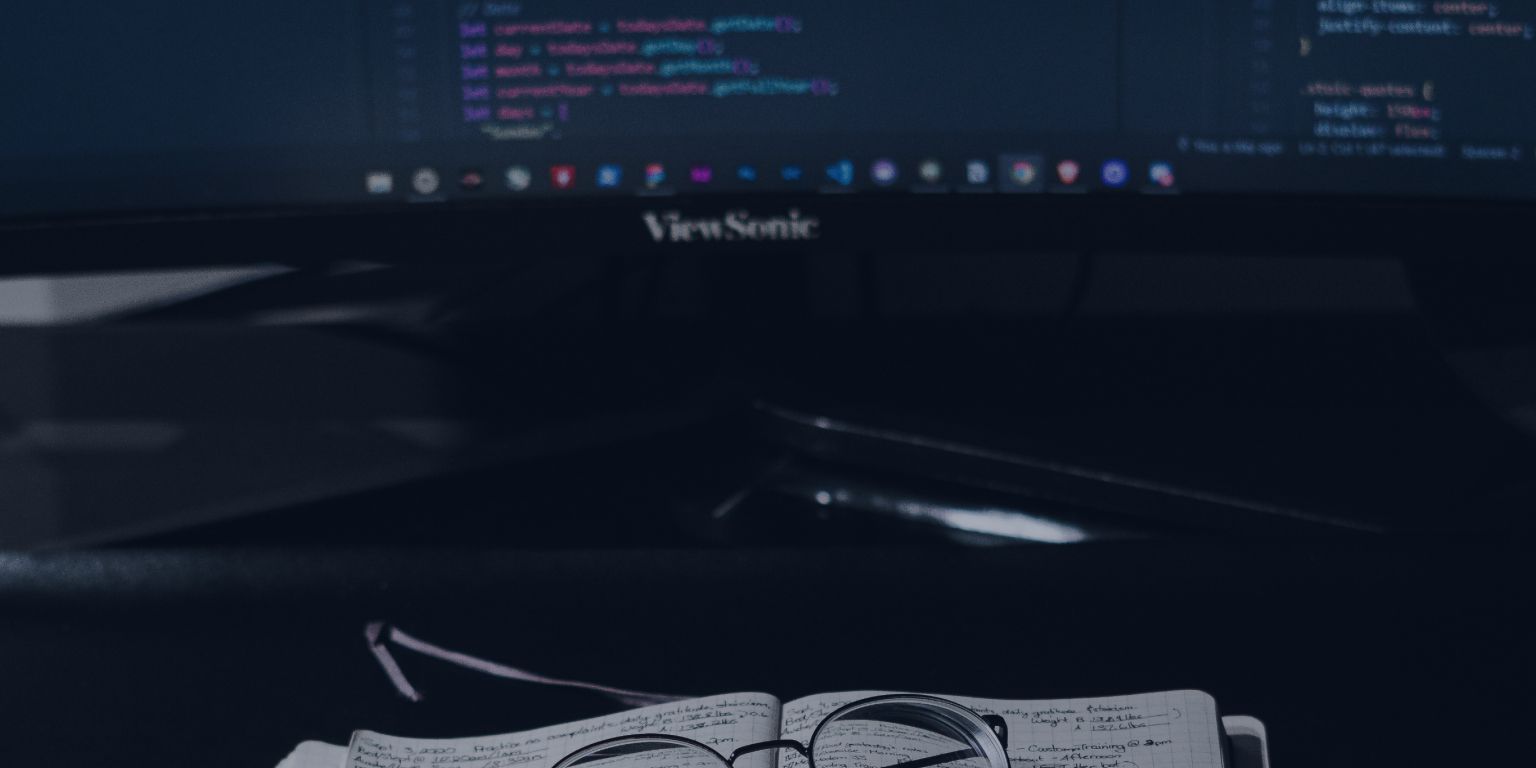Code Quality Metrics
24 October 2020 10 min read

"Employing these Metrics to excel the performance of code directly impacts the profitability of the business. Achieving high-quality standards ultimately increases the ROI of the software. Consider it as a matter of choosing between investing excess time as well as resources initially or wasting the same later in fixing issues"
Video Version Of This Article
Audio Version Of This Article
For the developers, practicing to write a good quality code in the initial phase of the coding job not only prevents the efforts and hours spent in précising the errors but also the costs are reduced. It leaves the engineers with little adjustments and complaint handling. So if your goal is high reliability, readability, and efficiency in the code, you need to employ quality checks for your code.
For software houses as well as individual developers, achieving excellence in code quality is not an option but a grade to achieve and retain in all given constraints. To save the burden of later repair and removing mistakes, the initial code should be well written in all possible details.
Defining Code Quality and ways to improve it
No doubt, a clean code is set down carefully with details and without employing shortcuts or compromised quality alternatives. Therefore a good code always meets the quality requirements. Unlike a code that is low in quality, it's not difficult to edit a quality code.
For the developers, maintaining the quality of task given the deadlines as well as the financial and operational constraints is altogether too challenging to handle. The most famous agile approach is often cited as the solution to most of the problems related to coding. We know that not fulfilling the requirements of excellence can leave the firms stuck up in the vicious cycle of technical debt. To avoid this burden, most software houses adopt the following measures during the entire stages of software evolution.
1.Clear Requirements
The one performing the task should be aware of the targets related to the performance of the software they have to achieve from the written code. This not only saves time in altering afterward but also lets the engineers write the exact code in the first place.
2.Regular Code Reviews
The companies that make doing the right thing a norm, as well as culture, always face the least quality issues. Regularly conducting code reviews is vital to assure least possible errors in the program Functional Testing. The frequent testing helps minimize the bugs. It does not guarantee the elimination of errors altogether.
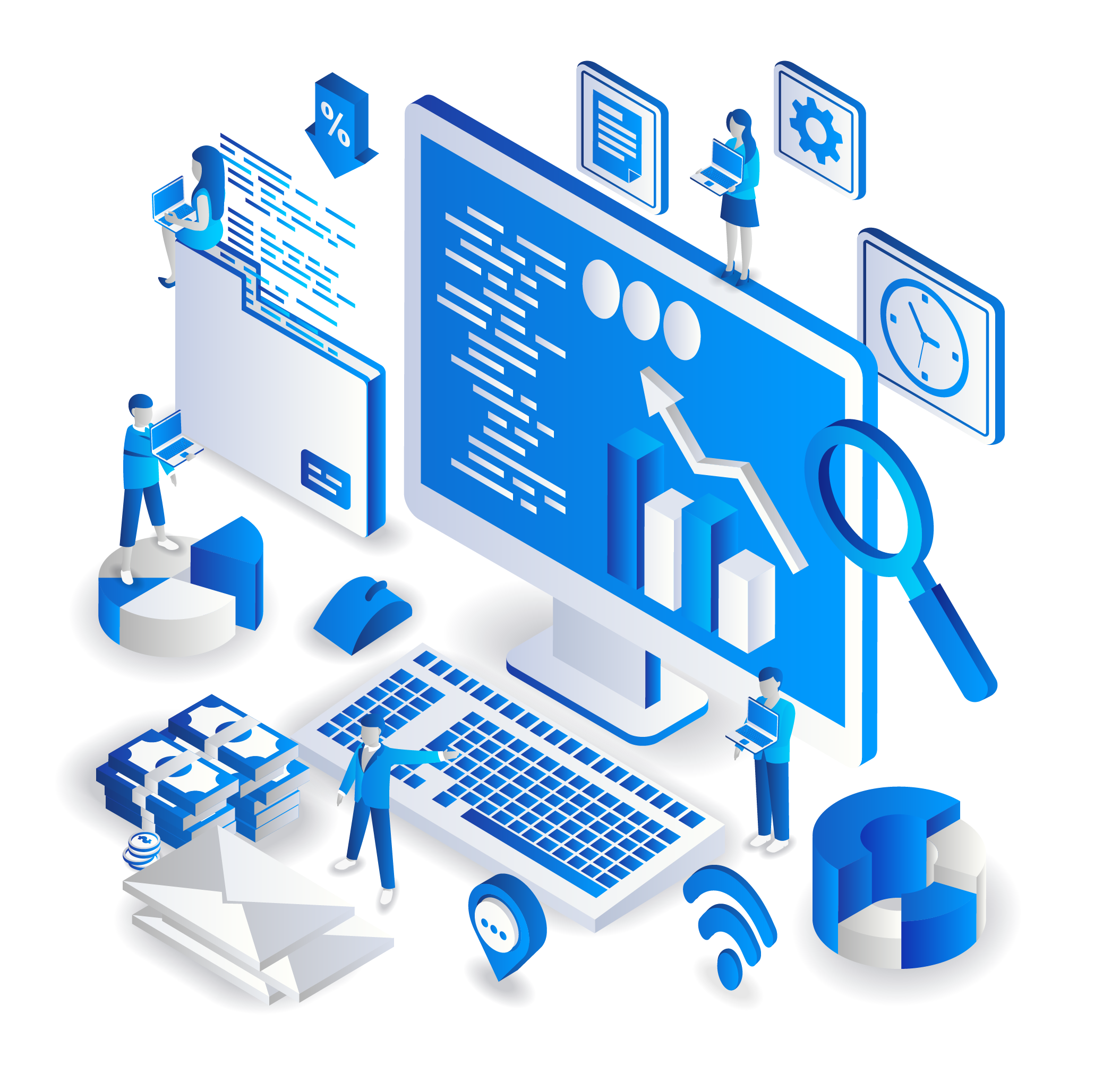
Code Quality Metrics: The Business Impact
The most effective Code Quality Metrics are those that help tracking down the present flaws and ambiguities. The basic types of metrics for quality evaluation are:
- Qualitative metrics and
- Quantitative metrics
Not amazingly, the qualitative estimations are more intuitive; quantitative options provide you with precise numbers to decide on the viability of your written crypto piece. So the qualitative techniques aid in categorizing the code as acceptable or rejectable, while the quantitative ones call for employing a formula as well as enter certain algorithms that exact the quality in terms of the levels of complexity.
The goal of every project is to generate an understandable and easily changeable codebase. Understandable writing is no less complex while staying appropriately formatted and documented. A changeable one, on the other hand, can be easily extended in the future. Therefore to grab an idea of the current levels of each of the quality issues leads to better results. In this case, the metrics of quality play vital role in current evaluations and provide a track for further amendments.
Employing these techniques to excel the performance of code directly impacts the profitability of the business. Achieving high-quality standards ultimately increases the ROI of the software. Consider it as a matter of choosing between investing excess time as well as resources initially or wasting the same later in fixing issues.
Qualitative Code Quality Metrics
1. Efficiency Metrics:
The efficiency of a code is measured by the amount of assets that are consumed to build a code. Time taken to run the code also counts in the efficiency of the code. Ultimately a code that is efficient should come up to the requirements and specifications of the owner.
2. Extensibility Metrics:
Software ought to be developed using changeable and extendable code. It should be extended for newer versions of the original program when incorporating advanced features without disturbing the overall program and software functions. Higher extensibility results in viability in code.
3. Well-documented:
While documenting software, the programmer explains every single method and component along with the logic behind the various programming alternatives used. Reviewing such codes and assessing them gets less hectic than for those not properly listed. No doubt, the documentation part of the game plays a very important role in its quality assessment. It ensures that the program is readable as well as more maintainable for anyone who deals with it at any time. An undocumented code proves to be incomprehensible even by its developer sometimes.
4. Maintainability:
The degree of ease in incorporating the alterations later on together with the prospects of malfunctioning of the whole application while making revisions counts for the maintainability characteristic.
The number of lines of the code within the application provides the figure to evaluate the maintainability. Less maintainability is inferred when these lines are more than the average number. Moreover, it's pretty obvious while we attempt making alterations. The more the process is within the expected time frame; the higher is the level of maintainability.
5.Clarity:
A clear code is normally graded as the appreciated one. Most of the time, a single task of developing a code passes through various hands. Therefore, it must be understandable and comprehensible so that different engineers can easily read as well as work on it in various phases of development.
6. Readability and Code Formatting:
Readability is more when your code is communicating what it ought to be. It uses the correct formatting, marks, and indentations. When the code is well oriented with the formatting requirements of the particular coding language, it's more logical and understandable and we say that it's more readable.
7. Testability Metrics:
Programs higher on the testing metrics always result in better decision-making for future improvements by delivering exact information regarding future successful testing. High testability thus increases the efficiency of code by making the software working more reliable.
Quantitative Code Quality Metrics
1. Weighted Micro Function Points
One of the quantitative measures to use is WMFP. Just like scientific methods, WMFP, a sizing model that estimates employing mechanized measurements of a present original code by fragmenting it to smaller parts and generating numerous metrics displaying various levels of complexity. The findings are then tabulated into a numeric figure representing the rating. The result contains not only the mathematical computations but also the path of control, comments as well as code structures.
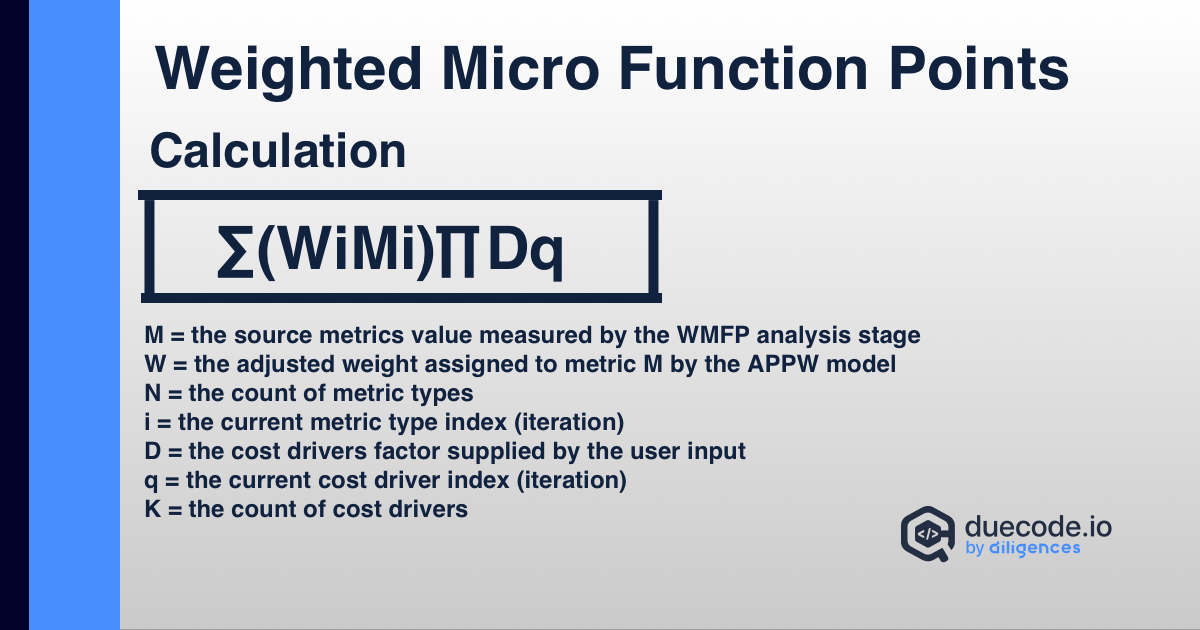
2. Halstead Complexity Measures
Complexity accounts for the factors that contain several interrelated forming intricate code designs. This makes reading a code too difficult. Various parameters aid in finding out the readability and maintainability difficulties. The most famous one is Halstead's metrics.
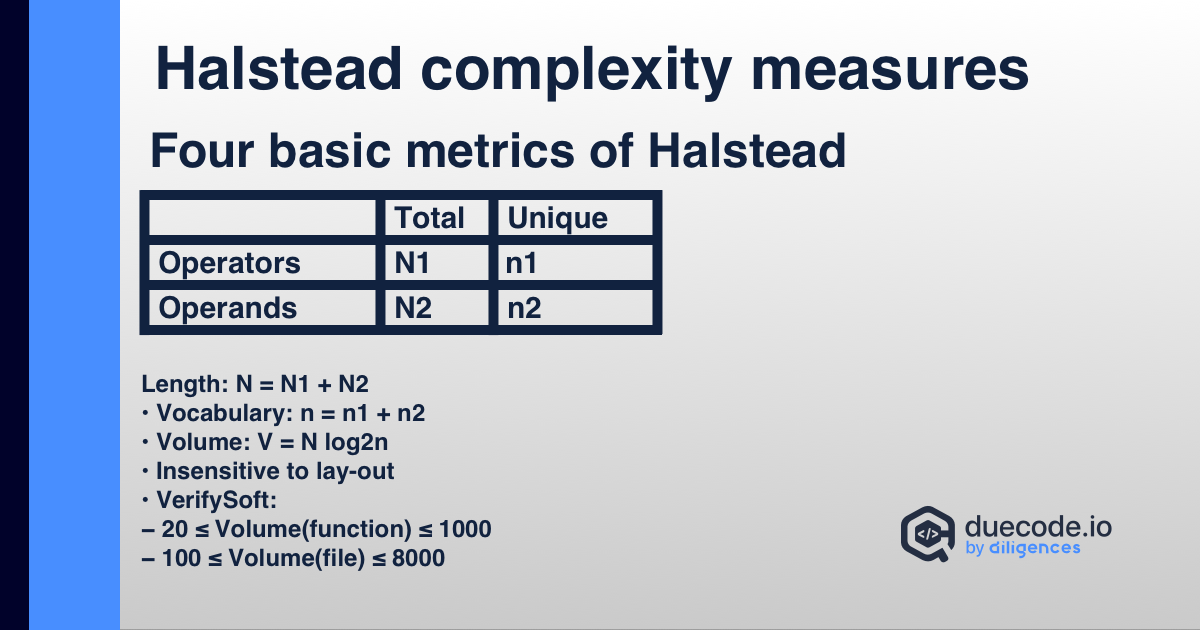
Halstead's metrics use indicators like the number of operators as well as operands to find out the complexity of the code in terms of errors, difficulty, efforts, size, vocabulary, and testing time. It views software as an execution of an algorithm with multiple symbols representing the operands or operators. The software is thus, a chronology of operators along with its linked operands that together provide with the complexity estimate.
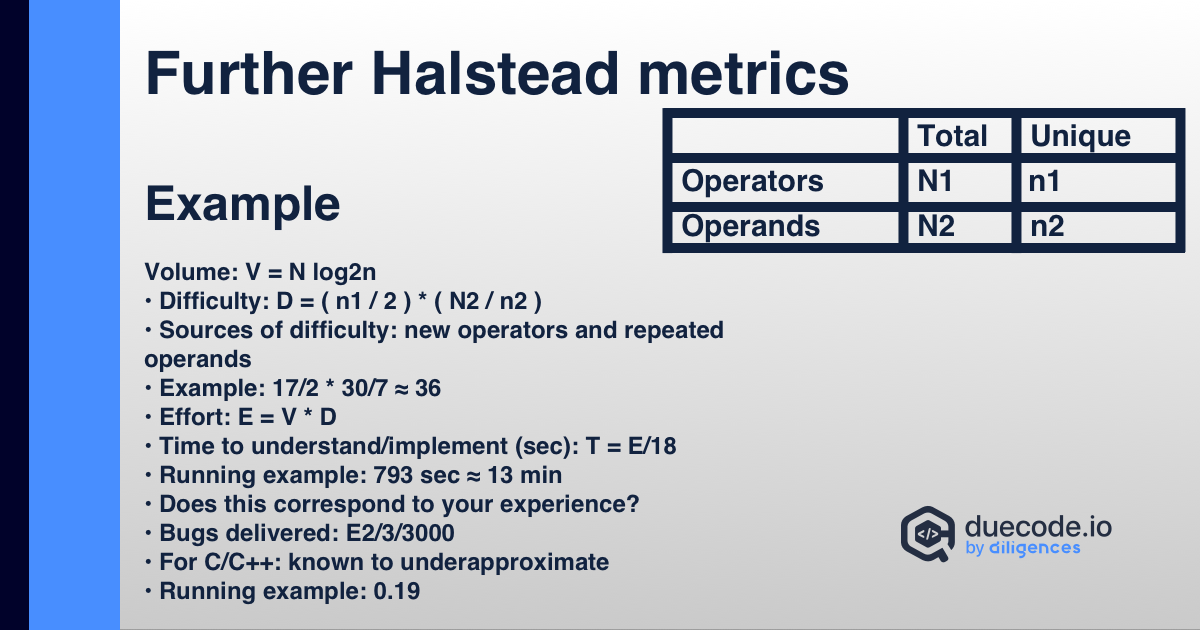
3. Cyclomatic Complexity
When joined with any size metric for example how many lines are there, this technique provides the marker of the testability and maintainability of the code. It employs decision-making parts within the program like switch-case, do-while, if-else to derive a graph.
It considers the underlying intricacy of the software through tallying the quantity of straightly autonomous lines across the program's original code. If the Cyclomatic finding is above 10, it means the quality needs to be corrected.
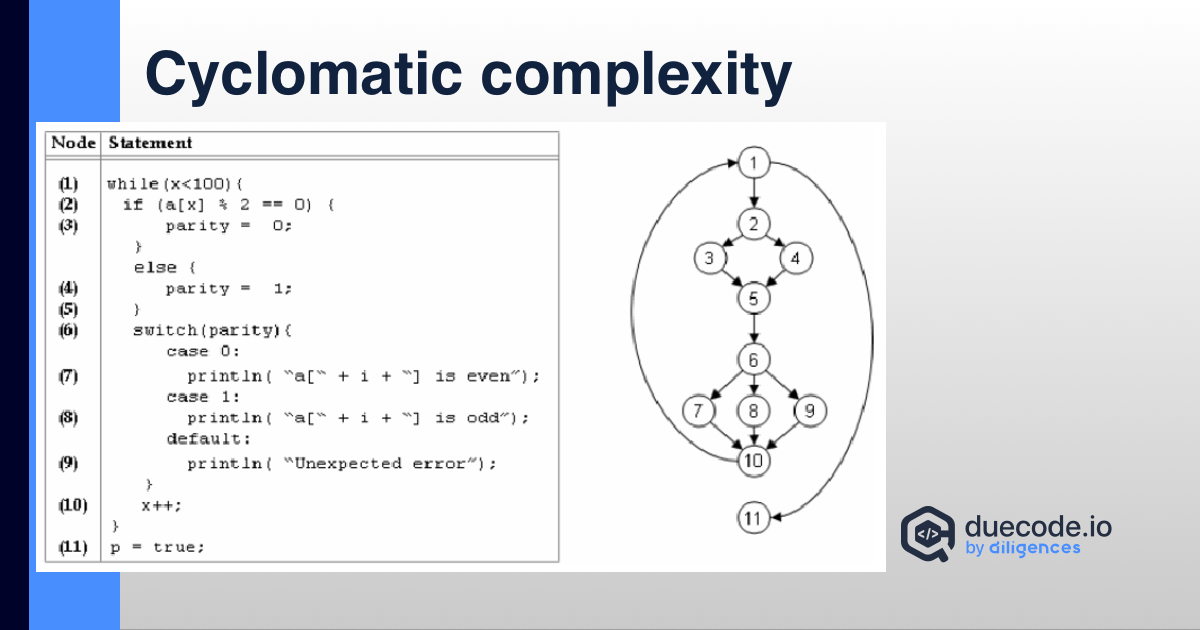
Which Code Quality Metrics to Use
Ultimately, software engineers together with management need to take care of the customer's needs and want to leave no quality errors in the measures that the client cares about. Moreover, various measurements make a difference to the board, the group of engineers, and the client. The engineers need to follow certain matrices because they discover them helpful and ought to disclose them to others. Administration necessities require the calculation of certain parameters.
No doubt, you ought to have a set of most viable Code Quality Metrics for your specific programming task. Mostly, these most common metrics help quantify the issues:
1.Defect Metrics:
Flaws within your project are a rich wellspring of data to evaluate or make better the practical, primary, and interaction parts across the life cycle of your project. How many defects are found in the code and what is the density of them is what gives an insight into the problem. The density of the defects can be defined as a proportion of deformities found in the programming during a characterized time of advancement partitioned in terms of module size. The discovery rate of defects can be explained as a tally of various imperfections that are found over the long run.
Defect metrics states:
· To successfully recognize the stage of development at which a certain defect has arisen
· How many defect reports have been found open in an instant?
· How much time it takes to find as well as sort out the flaws.
· Keeping track of the density of flaws.
2.Complexity Metrics:
The previously discussed Cyclomatic complexity and Halstead complexity provide an insight into the checks like maintainability. They elevate quality by reducing the complexity.
Cyclomatic metrics identify the presence and number of occurrences of individual lines across the original code. Whereas Halstead complexity calculations provide data on Effort, Vocabulary, volume, Length, and Difficulty of the program.
Beyond Code Quality: Monitoring Software Quality
As a developer, you must understand that measurement contributes to excel in the performance of application as a whole. Not only the individual measures are important but its vital to keep an eye on their impact on software's overall quality.
A need for the holistic approach to upgrade the performance of the system is what leads you to deliver an edging quality deliverable that exacts the customer demand. There might be loopholes if some parts are left untested. Such instances result into forming the technical debt. This may lead to a lower ROI of software.
How to Improve Code Quality
Now, when you have a clear picture of your current code quality, you are in a better position to make improvement decisions. What you need now is to follow the set of given instructions to further excel the code quality to reach the quality targets.
1.Use a Coding Standard
Software houses must provide training sessions to help the developers learn the prevailing coding standards and incorporate them while developing the software. This result in the coherence of methods used in coding adds to the consistency and increases the readability of the code. Therefore if you aim to increase code quality, sticking to predefined standards is the bottom line. Not only training but the developers should be accountable for not complying with the standards.
2.Analyze Code — Before Code Reviews
Now, let me tell you, the time when the code is written is considered as the best time to analyze it. If the errors in each freshly written code are analyzed and fixed, there are fewer chances of things getting accumulated and resulting in the worst quality issues. Most of the time, the developers are coping with numerous pressures related to time frames, costs, and skills. Assuring that the quality is taken care of in the initial stages of core formation is a real challenge.
Various static code analyzers perform automatic analysis. The analyzers run frequent analysis and quality checks that always help measure the performance against the targets and do the improvements on the go. Analyzing the code in the phase of starting the creation helps give positive feedback on the reviews. Automatically analyzing the code just after its written helps save time and ensure the best results.
3.Follow Code Review Best Practices
To assure high-quality coding, code reviews are very important. Although it is not easy to review the code, yet the best practices can help you do it most efficiently. Some aspects of quality like logic or structure of the code can be reviewed automatically; yet reviewing the functionality of the code as well as its design needs human intervention. When reviewing a code, it's always advisable to be clear of what you are looking for in the code? Spending more than 1 hour reviewing the code is not a best practice. Shorter and more frequent reviews are better than the longer and less frequent reviews.
4.Refactor Legacy Code
Dealing with a source code acquired from another developer's work or acquired from a more seasoned update of the software is quite a challenge. It can be any code that you don't comprehend and that is hard to change. Therefore it's always preferable to refactor it instead of rewriting it. Refactoring a legacy code means making alterations in the structure instead of the performance of the code.
A Legacy code may require consideration either to fix an error, upgrade the application or add another component. In any case, refactoring the legacy code helps increase the quality of the code itself. The steps associated with gradual refracting are:
- Distinguishing the change points
- Discovering the points of inflection
- Breaking the dependencies
- Composing the tests
- And finally refactoring
By refactoring, you not only help to tidy up the code but also yield the lowest possible complexity that is always desirable for maintainability.
Conclusion
When it comes to measuring code quality, we find the matter more subjective. The definition of high-quality code may be a little different for every software engineer for the same software. Nevertheless, the predefined metrics make this tricky job quite simpler. The code quality metrics help you fully understand and analyze the existing code base and ultimately come up with a solution to achieve high quality.
Want to learn more about code quality? Take a look at the "Complete Code Quality Guide".
FURTHER READING
- Complete Code Quality Guide
- Code Quality Tools
- Code Quality Standards
- How to measure, check and improve code quality:
-- How To Check Code Quality?
-- How To Measure Code Quality
-- How Can I Improve My Code Quality
-- How To Build A Website With Good Quality Code?
Updated on May 7, 2021



